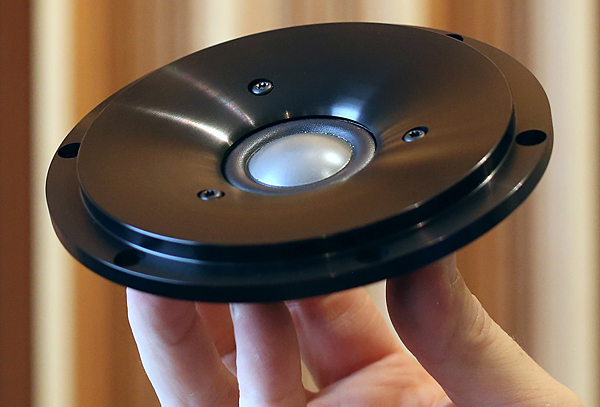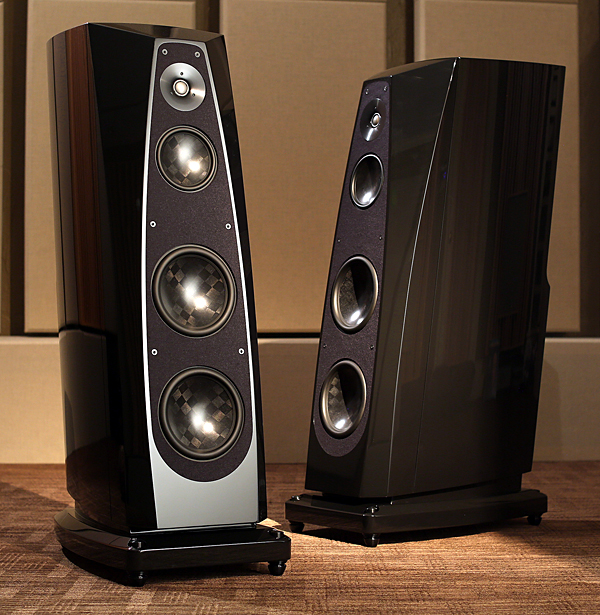| Columns Retired Columns & Blogs |
I was always under the impression that the specified frequency response of a loudspeaker is under anechoic conditions. Here the specified -3db point is 25Hz but the anechoic mesurements shows -10 dB at 25Hz w.r.t. 100Hz. Apparently the manufacturer has considered 7dB of room gain.
To the reviewers, is there any industry standard of room gain amount to be added to the measured anechoic (/quasi-) measurements of a speaker, Or any standard room size based on which they draw their -3dB response?
Secondly, regarding the rising low frequency in your anechoic measurements due to stated artifact of nearfield measurement techniques, what would be the order of the error that your readers may safely assume?










































